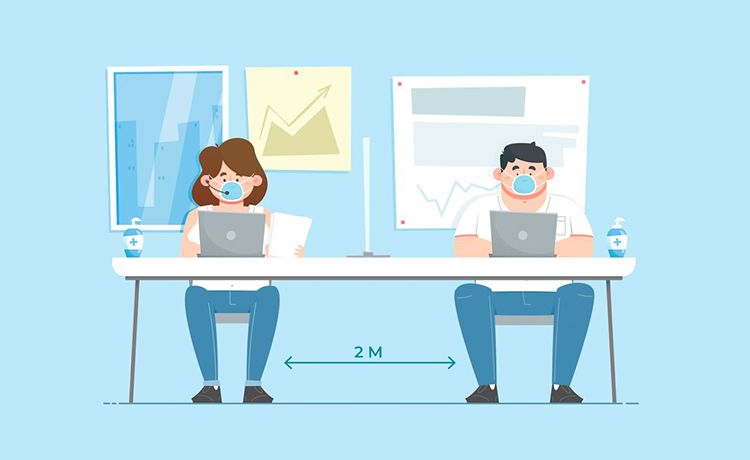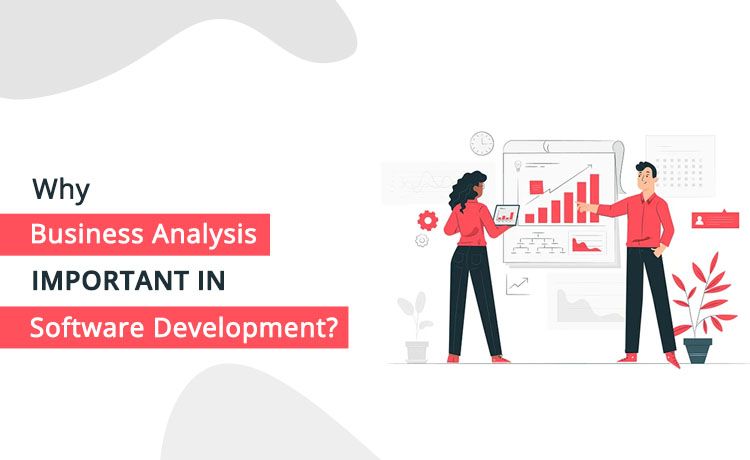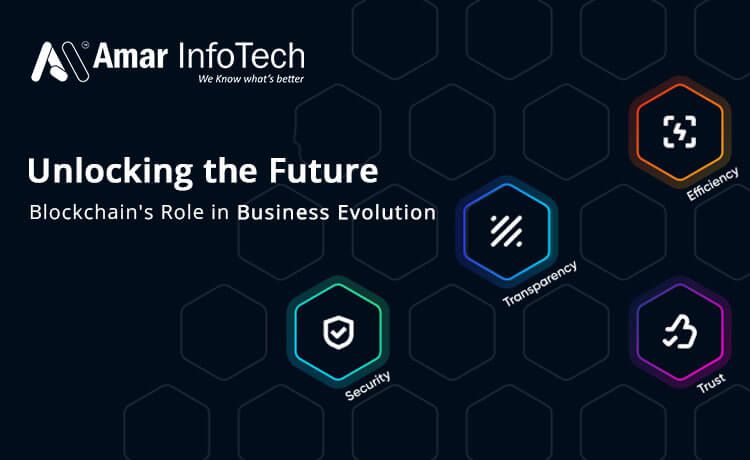Overnight, the entire concept of business continuity radically changed after COVID-19 was proclaimed a pandemic. Technology is set to be at the heart of every workplace as we return to office post the coronavirus-induced lockdown. All business or IT leaders foresaw a situation where entire industries shuttered their offices for months in response to a global pandemic. All companies premises are closed but work must go on so companies need to find new alternatives like stage the return to work, understand and leverage the advancements they enacted during the crisis, and chart a new path forward.
COVID-19 has challenged business leaders to enhance surveillance to faster processes, companies are looking to not only make workplaces more secure but also deliver services to their clients differently. Focusing on the return to work alone is not a viable option, as it will not allow organizations to capitalize on all that they have experienced and learned over the past few months.
In the long run, Companies will have to adapt to a new normal where covid-19 is part of life. The Internet of Things (IoT) will play an essential role in this new normal and that will push its adoption in a lot of technologies that already exist. The use of interconnected devices and sensors can help workplaces reduce the need for employees to touch surfaces, but companies themselves can also use light sensors and next-generation ID cards to make the workplace more efficient.
For example, Many offices are already planning to replace the fingerprints sensors to face recognition for attendance, and use cameras with thermal sensors to ensure they are not carrying a fever. Industrial plants are using wrist bands that will alert workers if they get too close to each other, and health workers like doctors and nurses, hospital staff are using heat-sensing trackers that can track patients' health. So what's in these devices?These devices are tiny sensors that will provide data in real time and transfer them to connected devices.
These changes will help companies to adhere to social distancing norms and monitor their workers using connected devices to make distance. A software and services provider called Ramco Systems has built a system where an employee’s presence is recorded with face recognition cameras. After this, a thermal camera built into the system runs a body temperature check. If the temperature turns out to be normal, the office door opens. If not, the door remains closed and the human resource department is alerted. Many companies already using wearables to keep social distancing among the workforce. If they come within a range of 6 feet of each other, the watches vibrate.
Connected devices features and use:
NFD-based tags: These devices can be used to enable contactless payments at parking spaces in office complexes. Employees can maintain social distance while they are parking.
Rain RFID Chips: Hand-washing hygiene is always an important directive in healthcare. RAIN RFID is making it more feasible for companies to ensure compliance of staff with hand-washing protocols.
Connected Lifts: Using smartphone apps, employees can indicate the floor they want to go in office buildings.
Smart Appliances: Microphone or coffee machines which can be controlled with voice commands, it will be a good fit for offices.
Contactless Attendance Trackers: These trackers are equipped with palm vein scanning technology and facial recognition. It will enable the office administrator to record the entry of employees from a safe distance.
Automated thermal cameras and temperature screening: According to Government mandate, companies must conduct temperature screening of every employee at the office entrance. With advanced technologies such as thermal imaging and artificial intelligence, body-temperature screening of employees can be carried out in a completely automated and non-intrusive manner.
AI Powered Face mask detectors: The Covid 19 transmission risk can be lowered if employees wear face masks. AI Powered Face mask detectors can detect people without masks, send alerts to the authorities on face mask violations, and even bar their entry to the premises.
Remote work programs and other changes also needs consideration:
The novel Coronavirus changed everything overnight, the lockdown was enforced, and social distancing became the new norm. People are staying connected with friends and family through video calls and schools have started giving online classes on video conferencing apps. Companies are also considering expanding remote work programs like adopting cloud collaboration suits, video conferencing, file sharing solutions, and other technologies that support remote work.
Before Coronavirus pandemics, many companies rely on virtual private networks(VPNs), these allow a secure tunnel for workers and managers to access the companies resources but now everyone is working from home these become chunky so companies are now using cloud platforms and reducing the use of VPNs.
It is clear that current situations change in the way we work, how we communicate and collaborate with each other, and how we learn and develop new changes. Organizations are surely left behind in the post-COVID world and building a sustainable world of tomorrow. Stay safe and healthy.




























